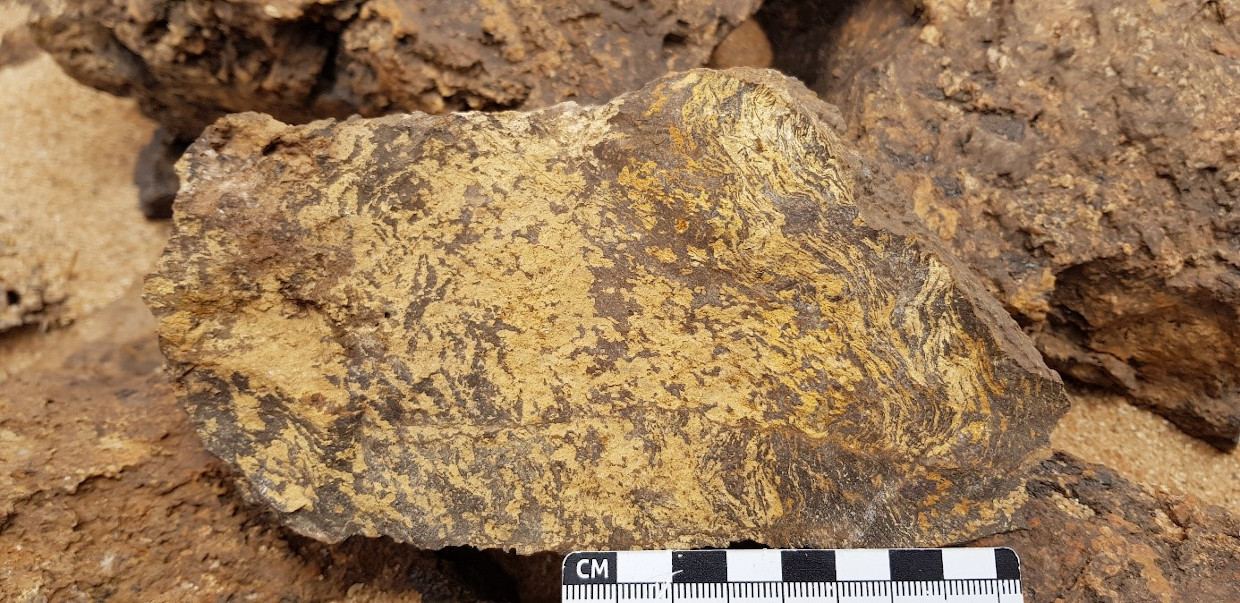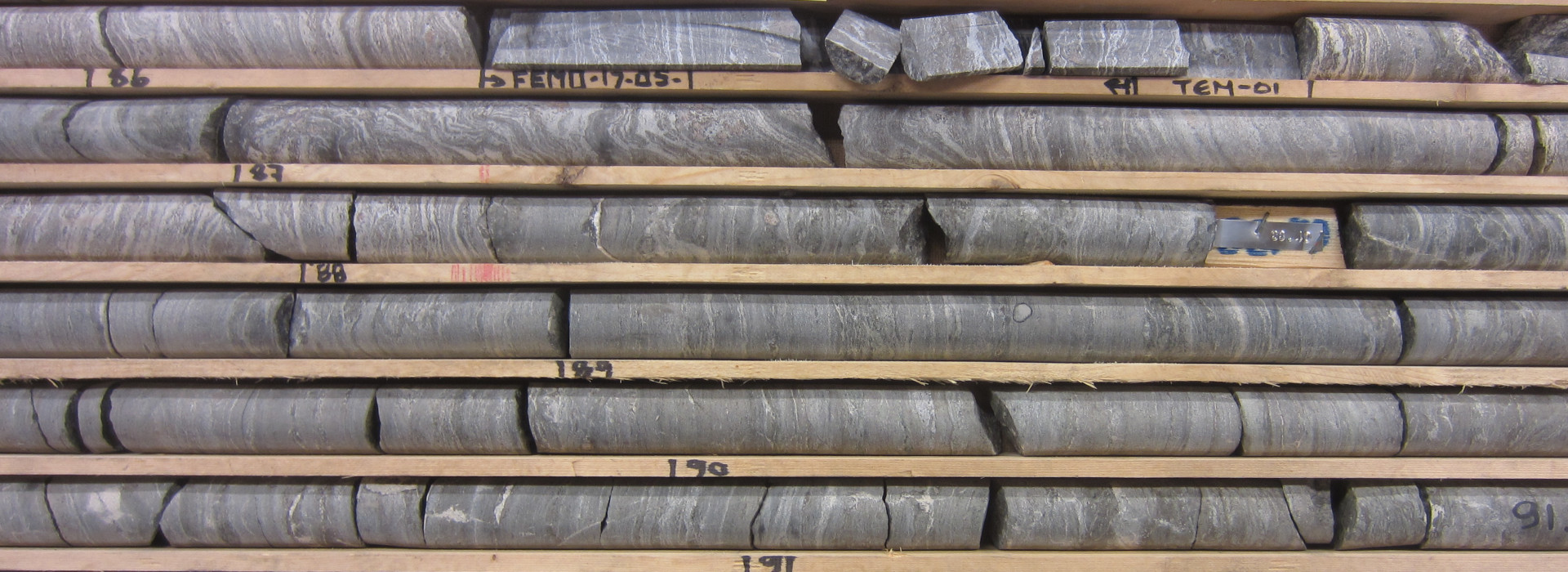
Carbonatites are mantle-derived igneous rocks with more than 50 vol.% primary carbonate minerals. About 580 occurrences are known so far, where the majority (80 %) of them is associated with a wide compositional range of silicate rocks. Carbonatites and carbonatite-related deposits have the potential for enriching a variety of commodities (e.g. REE, Nb, P, Fe, Zr) to ore grade, with numerous carbonatites being mined (50 out of 580, ~10%) or being important exploration targets. A total share of ~40% of REE exploration projects target carbonatites and associated rock types and carbonatite-related deposits actually dominate the current global REO (Rare Earth Element Oxides) production. Due to their classification as critical raw materials as well as increasing demand for industrial high-tech application, new REE exploration techniques become increasingly important. Various geological parameters affect the genesis of a REE deposit in particular the REE host mineralogy defines the economic value of a REE deposit. However, there is a wide range of processes (e.g. volatile loss during eruption, partioning of REE during liquid immiscibility) that may affect the REE enrichment and it is difficult to evaluate this assumption without studying the impact of carbonatite evolution in comparison to the REE enrichment in carbonatites on a regional scale because of the complexity of the whole system. Carbonatite magmatism commonly forms in intercontinental rift settings or along large-scale transcrustal lineaments. Two main formation processes for carbonatites (and related ore deposits) are defined that are widely accepted now:
- Derivation from a primary carbonatite magma by low-degree partial melting of carbonate-bearing mantle peridotite.
- Derivation from a carbonate-bearing silicate magma by (a) fractional crystallization or by (b) liquid-liquid immiscibility.
Therefore, this research field aims at developing new holistic models for carbonatite-related REE and HFSE mineralization and to use the mineral system approach for targeting unknown occurrences. This approach requires the knowledge on all critical processes generating a mineralization which are still lacking (e.g. the role of the chemical composition of the late-stage fluids or the vertical mineralogical and mineral chemical variation in a magmatic carbonatite system). Hence basic knowledge will be generated on carbonatite ascent, geotectonic triggers, the role of fractionated crystallization, liquid immiscibility and late-stage processes. The goal is to “translate“ the findings from petrology into economic geology to help industry predicting occurrences and to minimalize financial risks.
